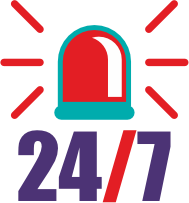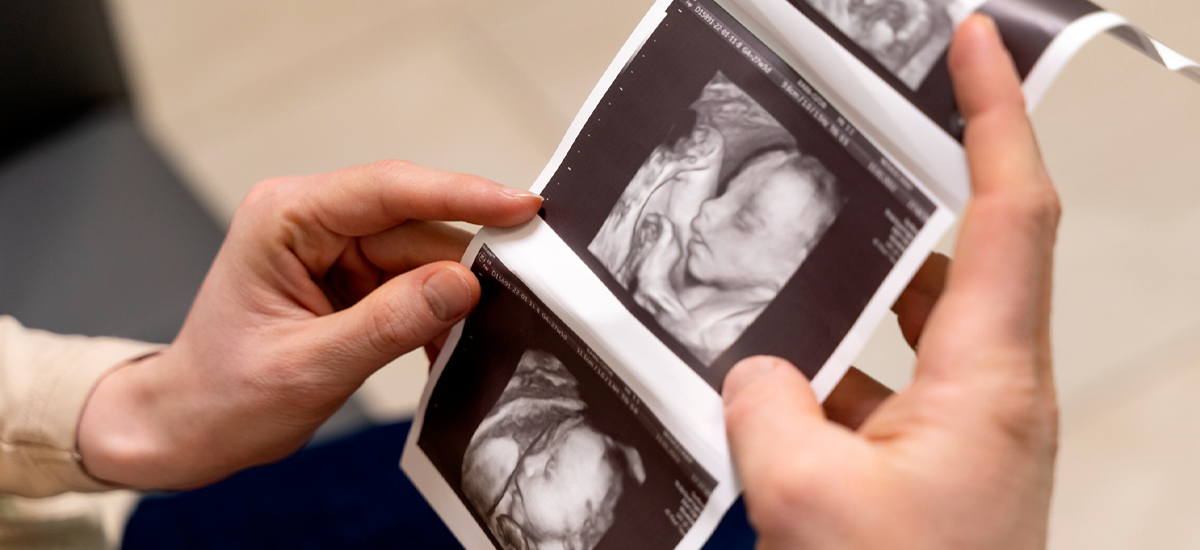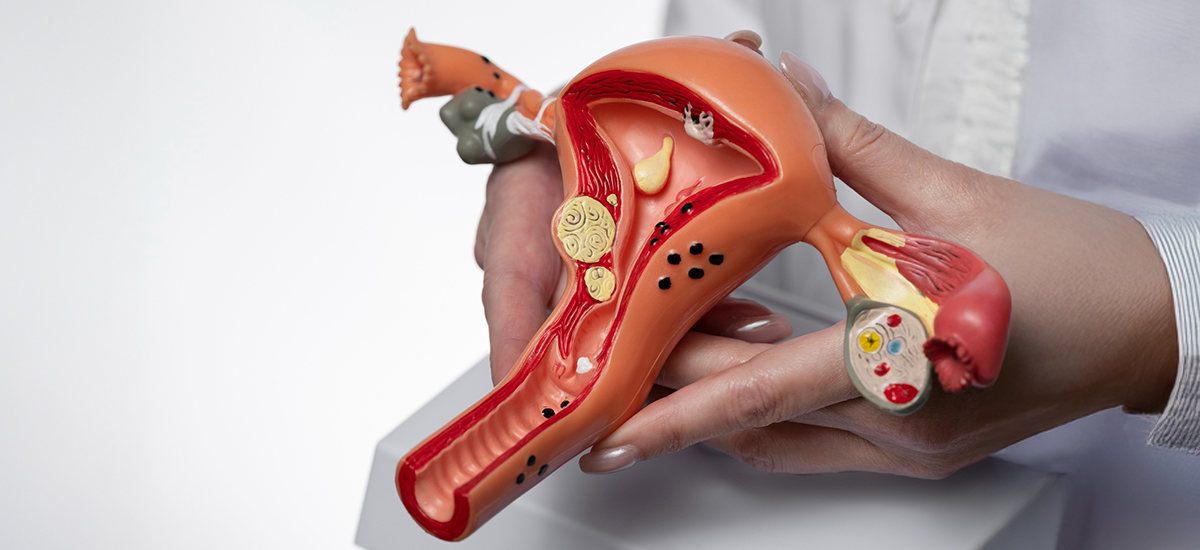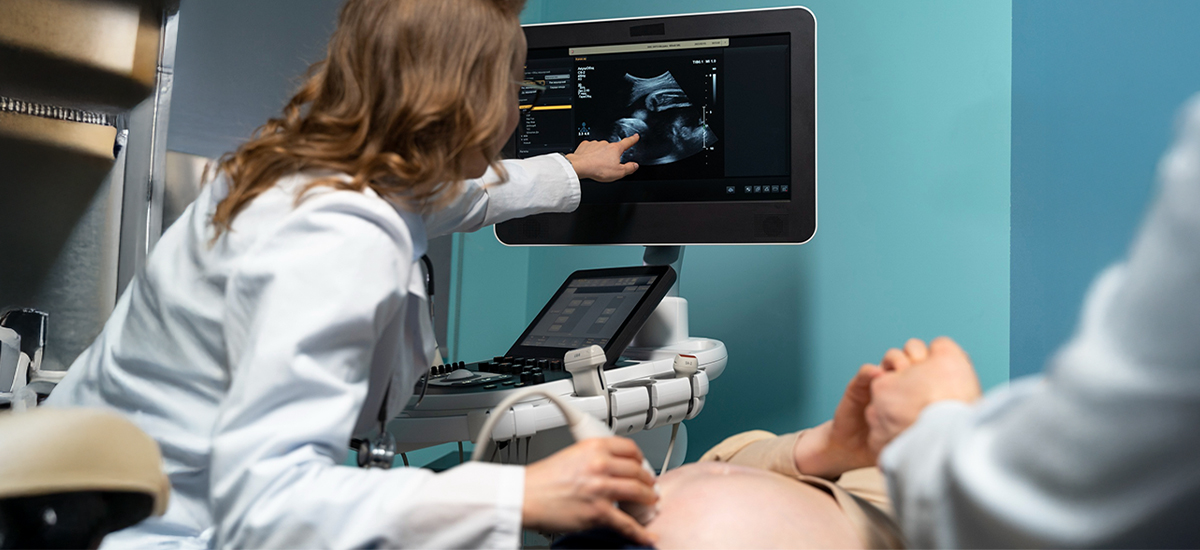Categories
Signs of Down Syndrome During Pregnancy: What You Can Know, Stage by Stage
Sep 19, 2025
What’s next: Below are the stages—pre-pregnancy, embryo,
first and second trimester, and after birth—so you can choose the right test at
the right time.
Stage
0: Before pregnancy—family history and your baseline risk
If Down syndrome
runs in the family, start with clear facts.
Most cases happen by chance (extra chromosome
21 at conception). A smaller group comes from a translocation that can
be inherited. A genetic counselor can review past reports and advise parental
karyotyping.
·
If a translocation is present in a parent, the recurrence risk is higher
and targeted testing is offered in the next pregnancy.
·
If not, your risk mainly follows maternal age and general
population rates.
Stage
1: Embryo stage (IVF)—what the lab can know
For couples using
IVF, embryos can be checked before transfer.
Labs test a few cells from the embryo to look
for an extra chromosome 21 (aneuploidy testing). This reduces the chance of
transferring an affected embryo but is not considered the final word; most
clinicians still advise CVS or amniocentesis later to confirm the
pregnancy’s chromosomes.
Useful when: there is a known translocation,
repeated pregnancy losses, or advanced maternal age.
Stage
2: Weeks 10–13—first answers from blood and early ultrasound
This is the
earliest window for most natural pregnancies.
·
NIPT (from 10 weeks): a blood test on the mother that reads tiny fragments of placental DNA.
It is very accurate for Down syndrome as a screening test, but it
does not diagnose. A high-risk NIPT result should be confirmed with CVS
or amniocentesis.
·
Combined screening (11–13+6 weeks): ultrasound nuchal translucency, nasal bone, and a blood test
(PAPP-A, free β-hCG). These give a risk number, not a diagnosis.
·
What ultrasound may show at this stage: increased nuchal translucency or
absent nasal bone are markers, not proof. One marker with low-risk
bloods is handled differently than several markers together.
Quick view—what
each test means in this window
|
Stage |
Test |
When |
Tells
you |
Diagnostic? |
|
Early pregnancy |
NIPT |
≥10 weeks |
High or low screening
risk for T21 |
No |
|
Early pregnancy |
Combined screen |
11–13+6 w |
Risk estimate using scan +
bloods |
No |
|
Early diagnosis |
CVS |
11–13+6 w |
Fetal chromosomes
(karyotype/microarray) |
Yes |
Stage
3: Confirmation options—CVS versus amniocentesis
Choose a
diagnostic test if a screen is high risk, if ultrasound shows multiple markers,
or if you want certainty.
·
CVS (11–13+6 weeks): samples placental tissue through the abdomen or cervix. Gives a definitive
chromosome result in the first trimester.
·
Amniocentesis (15–20 weeks): samples amniotic fluid. Also definitive.
Both are done by specialists under ultrasound
guidance. Your team will explain result times, small procedure risks, and what
each test can add (for example, microarray if advised).
Stage
4: Weeks 18–22—anatomy scan and second-trimester clues
The detailed
anatomy scan may show “soft markers” that can raise or lower suspicion.
Examples: thickened nuchal fold, shorter
humerus or femur, absent nasal bone, echogenic intracardiac focus,
echogenic bowel, or mild pyelectasis.
·
One isolated soft marker with low-risk earlier screening usually
does not mean Down syndrome.
·
Several markers or a major structural finding prompts review of earlier
results and a discussion about amniocentesis if not already done.
Quick
view—second-trimester tools
|
Stage |
Test |
When |
Tells
you |
Diagnostic? |
|
Mid-pregnancy |
Anatomy scan |
18–22 w |
Structural findings, soft
markers |
No |
|
Mid-pregnancy |
Amniocentesis |
15–20 w |
Fetal chromosomes |
Yes |
Stage
5: After birth—confirming and planning care
If prenatal
testing was not done, or if results were uncertain, a newborn exam and a
karyotype on the baby’s blood can confirm Down syndrome. The karyotype
also shows whether it is a standard trisomy or a translocation, which matters
for family counseling. Early referral sets up hearing checks, heart review,
feeding support, and developmental therapies.
What
parents mean by “signs of Down syndrome during pregnancy”
Most “signs” are test
findings, not feelings or symptoms. Ultrasound markers and blood-test
results guide risk. A diagnostic test gives certainty. The path is
simple: screen early, confirm if risk is high or if you want certainty, and use
the results to plan care.
Who
helps at each step
·
Obstetrician and fetal medicine specialist: explain screening choices, perform CVS or
amniocentesis, and track scans.
·
Genetic counselor: clarifies family risk, test options, and result meaning.
·
Pediatric team after birth: plans hearing, heart, feeding, and therapy reviews. If you are in
Karnataka, a pediatric neurologist in Bangalore at Rainbow Children’s
Hospital can advise on early tone, feeding-related coordination, and
developmental supports once your baby arrives.
Conclusion:
In pregnancy there are no reliable symptoms for Down syndrome, only markers and tests. The trustworthy “signs of Down syndrome during pregnancy” are a high-risk screening result and, if you choose, a diagnostic result from CVS or amniocentesis. Decide stage by stage, confirm when you need certainty, and line up the right support. For coordinated screening, diagnosis, and newborn care planning, Rainbow Children’s Hospital can connect you with fetal medicine, genetics, and a pediatric neurologist in Bangalore when needed.FAQs
1) Down syndrome runs in our family. What should we do before trying to conceive?
See a genetic counselor; parents may get a karyotype to check for a translocation and plan testing for the next pregnancy.Stage 1
(IVF/embryo):
2) We’re doing IVF. Can embryos be checked for Down syndrome before transfer?
Yes—embryo testing can reduce risk, but most teams still advise CVS or amniocentesis later to confirm the pregnancy’s chromosomes.Stage 2 (10–13
weeks):











